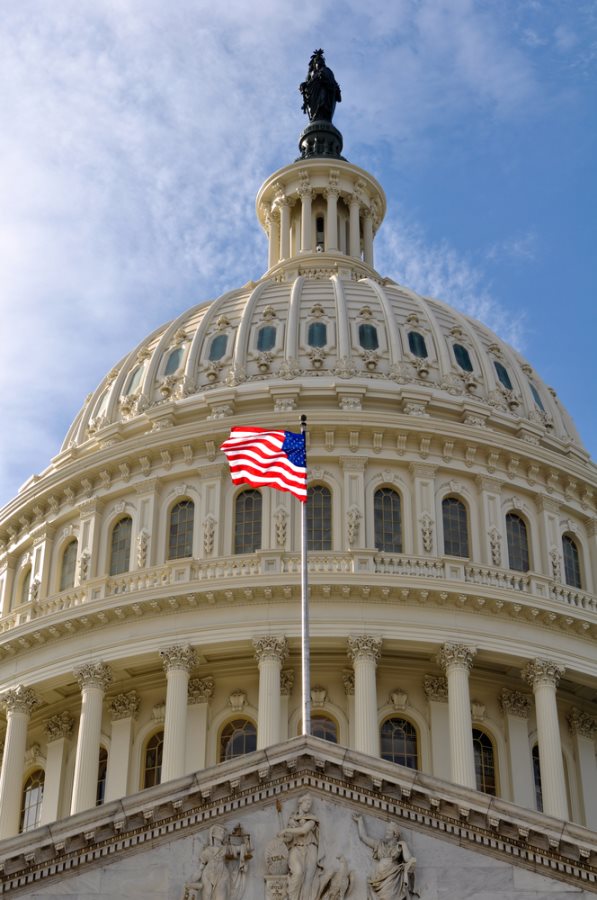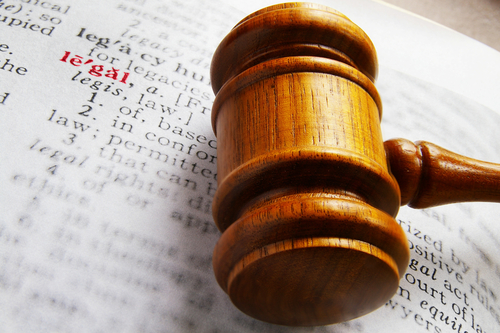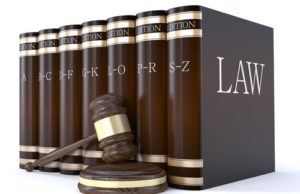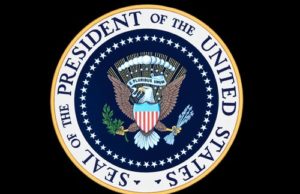Understanding the Writ of Certiorari
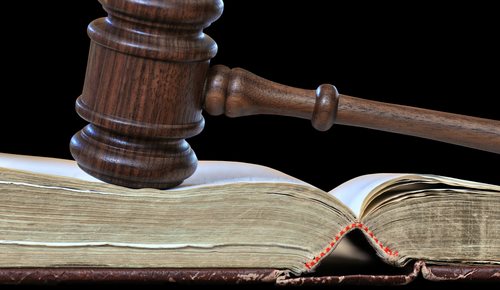
The Meaning of Writ of Certiorari in Administrative Law
In administrative law, the writ of certiorari is a crucial legal tool used by courts to review decisions made by administrative agencies. It is a mechanism that grants a higher court the power to review and potentially overturn agency rulings. This article explores the meaning and significance of the writ of certiorari in administrative law, its purpose, standards of review, and implications for administrative agencies and those affected by their decisions.
Understanding the Writ of Certiorari:
The writ of certiorari is a legal instrument issued by a higher court, typically a federal or state supreme court, granting review of a lower court or administrative agency decision. In administrative law, this review process primarily focuses on ensuring that administrative agencies adhere to proper standards of decision-making and procedural fairness.
Purpose of the Writ of Certiorari:
The primary purpose of the writ of certiorari in administrative law is to provide a mechanism for higher courts to oversee and correct errors made by administrative agencies. It serves several important functions, including:
1. Ensuring Legal Consistency: The writ of certiorari helps ensure uniformity and consistency in interpreting and applying the law. By reviewing agency decisions, higher courts can clarify legal principles and provide guidance to both agencies and affected parties.
2. Protecting Individual Rights: The writ of certiorari safeguards individual rights and liberties. It allows individuals who believe their rights have been violated or who have been adversely affected by an administrative decision to seek a review and potential remedy from a higher court.
3. Safeguarding the Rule of Law: The writ of certiorari upholds the rule of law by subjecting administrative agencies to judicial oversight. It helps prevent arbitrary and capricious decision-making, ensuring that agencies exercise their powers within the confines of the law and respect established legal principles.
Standards of Review:
When a higher court grants certiorari and reviews an administrative agency decision, it typically applies certain standards of review. Three common standards include:
1. De Novo Review: Under de novo review, the higher court reviews the case as if it were presented for the first time. It independently assesses the facts, evidence, and legal issues without giving deference to the agency’s findings or conclusions.
2. Substantial Evidence Review: Under this standard, the higher court evaluates whether the administrative agency’s decision was supported by substantial evidence. It examines whether the agency’s factual findings were reasonable and supported by the weight of the evidence.
3. Arbitrary and Capricious Review: When reviewing an administrative agency decision, the court may apply the arbitrary and capricious standard. In this context, the court assesses whether the agency’s decision was rational, based on a consideration of relevant factors and informed judgment. It examines whether the agency abused its discretion or acted against the evidence or without any rational basis.
Implications for Administrative Agencies:
The writ of certiorari has several implications for administrative agencies:
1. Judicial Oversight: The availability of the writ of certiorari means that administrative agencies operate with the knowledge that their decisions can be subject to review by higher courts. This oversight ensures that agencies act within the bounds of their authority, exercise fairness, and respect the principles of administrative law.
2. Accountability and Transparency: The writ of certiorari promotes accountability and transparency in administrative decision-making. Agencies must provide clear and reasoned justifications for their decisions, enabling affected parties to understand the bases for those decisions and seek appropriate avenues for review.
3. Stare Decisis: Decisions made by higher courts during the certiorari review process set significant legal precedents. These precedents guide future agency decision-making, ensuring consistency and predictability in the application of the law.
Implications for Affected Parties:
The writ of certiorari provides important implications for individuals, businesses, and organizations affected by administrative agency decisions:
1. Access to Justice: The writ of certiorari gives affected parties an opportunity to seek judicial intervention when they believe an agency decision has infringed upon their rights or caused them harm. It ensures that they have access to an impartial review of the decision by a higher court.
2. Legal Certainty: Certiorari review provides affected parties with a means to challenge agency decisions and seek legal clarity. It allows them to obtain a determination on the correctness and legality of the administrative decision concerning their rights or interests.
3. Remedy and Relief: The writ of certiorari offers the potential for remedies and relief to affected parties. If a higher court determines that the agency decision was erroneous or unjust, it may overturn the decision and provide appropriate remedies, such as compensation or injunctive relief.
Conclusion:
The writ of certiorari plays a vital role in administrative law, serving as a mechanism for higher courts to review and correct administrative agency decisions. It ensures the proper application of the law, protects individual rights, and upholds the principles of administrative fairness and accountability. The standards of review employed during the certiorari process provide a framework for evaluating agency decisions and maintaining legal consistency. For administrative agencies, the writ of certiorari reinforces the need for sound decision-making and adherence to administrative law principles. For affected parties, the writ of certiorari offers a means to challenge agency decisions, seek legal clarity, and obtain appropriate remedies. Overall, the writ of certiorari contributes to a balanced and effective administrative law system by safeguarding the rule of law and ensuring justice for all parties involved.
___________
The writ of certiorari is a legal process used by the United States Supreme Court to review lower courts’ decisions. That is, it is a request to a higher court to review and reverse a decision made by a lower court. The writ of certiorari, also known as “cert,” is a discretionary power that allows the Supreme Court to control the cases it hears. This article will explore the writ of certiorari in more detail, including how it works, its history, and its relevance in contemporary legal practice.
The History of the Writ of Certiorari
The writ of certiorari has its roots in English common law, where it was used to refer to a court order that required a record to be produced from a lower court. The term “certiorari” means “to be informed” or “to be made certain.” The writ of certiorari was first established in the United States in the Judiciary Act of 1789. This act gave the Supreme Court the power to issue writs of certiorari to bring cases up from the lower courts.
Initially, the writ of certiorari was a mandatory process—meaning that the Supreme Court was required to review any case that was brought before it. However, this requirement was removed in 1891, when Congress passed the Evarts Act. The Evarts Act gave the Supreme Court the discretionary power to decide which cases it would review through the writ of certiorari.
How the Writ of Certiorari Works
In order to obtain a writ of certiorari, a petitioner must first file a petition with the Supreme Court. The petition must include the following information:
• A statement of the legal questions presented in the case
• A summary of the facts of the case
• An argument for why the Supreme Court should hear the case
• Copies of the lower court’s decision, as well as any relevant court opinions and orders
• A statement of any relevant federal statutes or constitutional provisions that apply to the case
After the petition is filed, the Supreme Court will consider whether or not to grant the writ of certiorari. The Court will only grant the writ if it believes that the case is of significant national importance or if there is a conflict in the lower courts’ decisions. In granting a writ of certiorari, the Supreme Court does not imply that it agrees or disagrees with the lower court’s decision. Rather, it is simply indicating that it will review the case.
Once a writ of certiorari is granted, the parties to the case will file briefs with the Supreme Court, which will be used to help the Court make its decision. The parties may also be asked to appear before the Court to present oral arguments.
The Role of Writ of Certiorari in the Judicial System
The writ of certiorari is a crucial part of the U.S. judicial system, as it allows the Supreme Court to clarify and interpret federal law in a consistent and coherent way. It also helps to ensure that lower courts are following the correct legal standards when making decisions.
The writ of certiorari is also important because it helps to define the relationship between state and federal courts. Under the principle of federalism, the United States is divided into a federal system, with individual states having their own court systems. The writ of certiorari allows the Supreme Court to review lower court decisions made by state courts, which helps to ensure that there is consistency in the interpretation of federal law throughout the United States.
Criticism and Controversy around the Writ of Certiorari
Despite its importance, the writ of certiorari has been subject to criticism and controversy. One criticism is that the discretionary nature of the writ means that the Supreme Court is free to pick and choose which cases it hears, which can sometimes result in arbitrary decisions. Additionally, critics argue that the writ of certiorari gives too much power to the Supreme Court, as it effectively allows the Court to act as a “superlegislature,” creating new law rather than simply interpreting it.
Another criticism of the writ of certiorari is that it is often used by the Supreme Court to promote certain political agendas. For example, in the 1930s and 1940s, the Supreme Court used the writ of certiorari to strike down many of President Franklin D. Roosevelt’s New Deal programs, which were designed to help lift the United States out of the Great Depression. Similarly, in recent years, the Supreme Court has used the writ of certiorari to strike down same-sex marriage laws and to uphold restrictive voting laws.
Conclusion
Overall, the writ of certiorari is an important legal process that allows the Supreme Court to review and clarify lower court decisions. While it has been subject to some criticism and controversy, the writ of certiorari remains a vital part of the U.S. judicial system, and its effects are felt throughout the country. Whether you are an attorney or simply a citizen interested in the law, it is important to understand the writ of certiorari and its role in shaping our legal system.
What is a Writ of Certiorari?
A writ, in common law, is a formal written order, specifically issued by a body with judicial or administrative jurisdiction; in modern times, these bodies are typically a court system. As a result of this definition, all warrants, subpoenas and prerogative writs are common forms of writs.
A writ of certiorari is a type of writ, which specifically seeks a judicial review; the action, in modern times, currently necessitates the issuance of an order by a higher court to direct a lower court, a public authority or tribunal to send the record in a given case for review. In the United States, a writ of certiorari is typically seen as a formal written order that the Supreme Court of the United States issues to a lower court, to affirmatively review the lower court’s judgment for legal or reversible error.
When this action is consummated, the lower court is required to review the particular case, primarily where no appeal is available, as a matter of right. This simply means that the Court system was required to issue a decision in each of those cases, as a means of preventing a backlog for the United States Supreme Court.
Writ of Certiorari according to Administrative Law:
In the context of administrative law, the common law writ of certiorari was historically used by the lower court system in the United States for judicial review of all decisions made by an administrative body or agency following an adversarial hearing. Some states have retained this policy of the writ of certiorari in the local court system, while others have replaced it with an amended statutory procedure. In the federal court system, the use of the writ of certiorari has been abolished and since replaced by a civil action under the Administrative Procedure Act in a United States district court or in some rare cases, for review in a court of appeals.
Writ of Certiorari Development:
The majority of cases cannot be appealed to the United States Supreme Court as a matter of right; this prevention was affirmed following the passing of the Judiciary Act of 1925 and the Supreme Court Case Selections Act of 1988. Any party who wishes that the Supreme Court review a decision of a federal or state court must file a petition for a writ of certiorari in the Supreme Court. The petition is printed in booklet format and 40 copies are filed with the Court system. If the Court grants the filing of the petition, the case will be schedule for the filing of briefs and then for an oral argument.
To be processed, a minimum of four of the nine Justices on the Supreme Court must grant the writ of certiorari. That being said, the court system will deny the majority of petitions and thus leave the decision to be rendered by the lower courts.


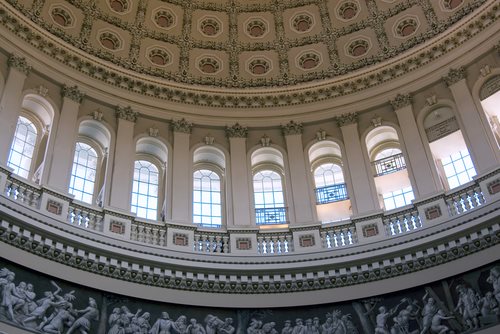


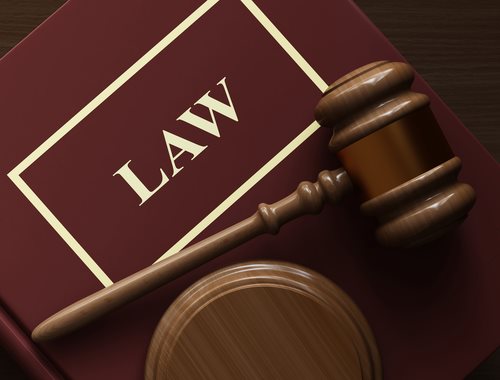 The Due Process Clause in Administrative Law: Safeguarding Fairness and Procedural Rights
The Due Process Clause in Administrative Law: Safeguarding Fairness and Procedural Rights
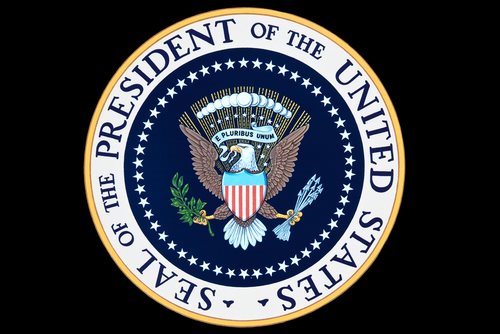
 What are Independent Agencies?
What are Independent Agencies?
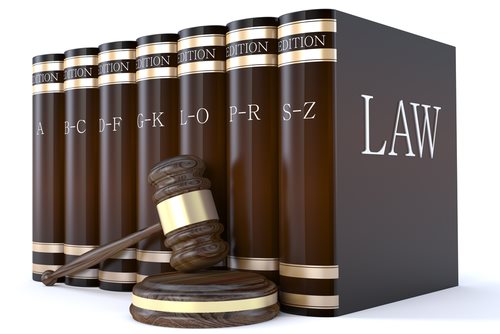 What is Statutory Law?
What is Statutory Law?